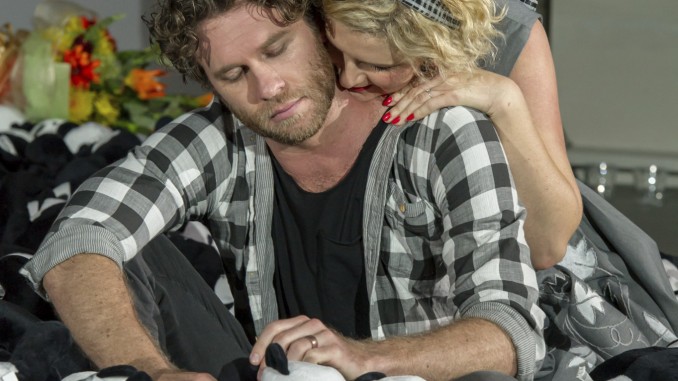
Refurbished for the 21st Century [by Matt Baker]
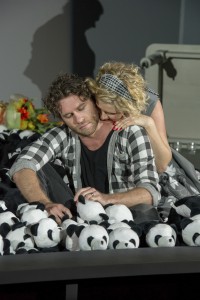
Henrik Ibsen may have been aware of the controversy that A Doll’s House would raise when he wrote it, but he certainly didn’t intend the specificity of it to be projected onto its female lead. Regardless, adaptations have continued to miss the collective relevance to its central character’s journey, reappropriating it with connotations to a cause. This, however, is not the case with Emily Perkin’s version and first endeavour as a playwright. Perkins has presented New Zealand audiences with an epitomic adaptation, translating the source material into a quintessential Kiwi story, while maintaining the archetypal themes of Ibsen’s classic play.
Director Colin McColl is an acclaimed Ibsen specialist, and while Perkins’ script could be arguably considered an entirely new play, McColl has permeated the production to present the grander concepts originated by Ibsen buried within. Nora is unquestionably the lead character, and one to which many actresses aspire, but there are equally resounding roles that demand the attention to which McColl has given them. As Nora, however, Laurel Devenie perhaps required some attention of her own.
Devenie brings a necessary complexity to Nora, however, it comes across emotionally misplaced, at times even irreverent, which when added to the obtuseness of her actions, consequently turns the character’s strength into capricious insecurity. Her vocalisation and physicalisation of the character, encapsulated when she articulates the “boom” in Nora’s life, is more incompatible with the play than simply with the other characters, further exampled by the sexualisation of Nora’s wild dance, which is also ironic considering her physical intimacy with Theo earlier in the play. It’s a technique-perfect performance, but a stylisation that has been unnecessarily layered on top of the dialogue in Perkins’ script, an addition that leads to an unnecessary reinvention of the realism Ibsen birthed.
Damien Avery gives a solid performance as Theo Helmer, the reimagined Torvald. It’s a 21st century adaptation and a three-dimensional characterisation, so even when the cracks in his character begin to appear, I have trouble disagreeing with his deontological morality. Nicola Kawana provides a nonchalant comedy to the script, in great comparison to the passive-aggressively exchanges between Nora and Theo, but does so with her own self-dignity that parallels the former and contributes a solid sub-plot with Glover, who initially plays things slightly large, but balances out once he has strong objectives to pursue. Peter Elliott provides the most direct emotional core to the play, with a heartbreakingly honest and action driven performance, but the dynamic of the scene in addition to Nora’s, again, irreverence, consequently weakens his character and removes any danger in that could and should be present.
No component of a production should be more important than any other, but here, Tony Rabbit’s set presents an audience-distracting aesthetic, and, while interpretable to varying degrees, appears to have been conceived from erroneous buzz words in the text as opposed to a core concept in Perkins’ script, and results in the actors having literally no grounding to the stage. The repetition of Rabbit’s lighting design for the scene changes ignores any development in the play, and the overlapping washes in the main state often leaves actors nonsensically shadowed. Nic Smillie’s costumes immediately identify the characters through their practicality and aesthetics, although Nora’s dress, which is meant to be homemade, is oddly ill-fitted. The aforementioned boom, and also pulse in Nora’s dialogue are noticeably absent from John Gibson’s sound design, the harshness of which, while appropriate, is too heavy-handedly symbolic.
Mythology in scripts inevitably brings an extra dimension to the world of a play, so it’s unfortunate that the Krampus is under utilised. Regardless, Auckland Theatre Company’s literary programme has introduced audiences to a promising playwright, and, although the reinvention is covered in Perkins’ script and the spectacle elements don’t quite work, it’s nice to see them doing so without pandering to stereotypically appeasing conventions. It’s a shame, however, that a certain section of the audience responded with laughter to Elliott’s desperation and Devenie’s heart-breaking confession, but it also justifies the reason for theatre. The inability to process catharsis in cohesion with the social norm, while not wrong, does interrupt the moment. The only remedy is more theatre.
* It should also be noted that Auckland Theatre Company’s Chairman of the Board opening night pre-show announcements are having a detrimental effect on the shows themselves, immediately breaking the theatrical illusion that is created when entering a theatre.
A Doll’s House is presented by Auckland Theatre Company and plays at The Maidment until May 23. For details see ATC.
SEE ALSO: Theatreview.org.nz review by Heidi North-Bailey and Metro Magazine review by James Wenley

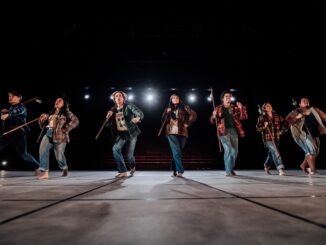
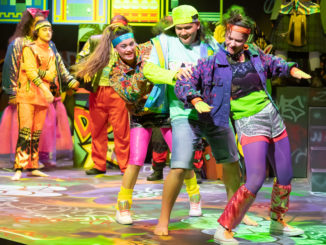
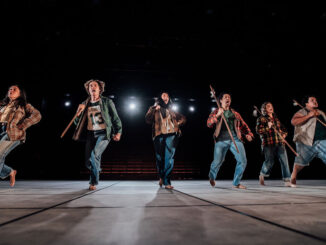
Leave a Reply